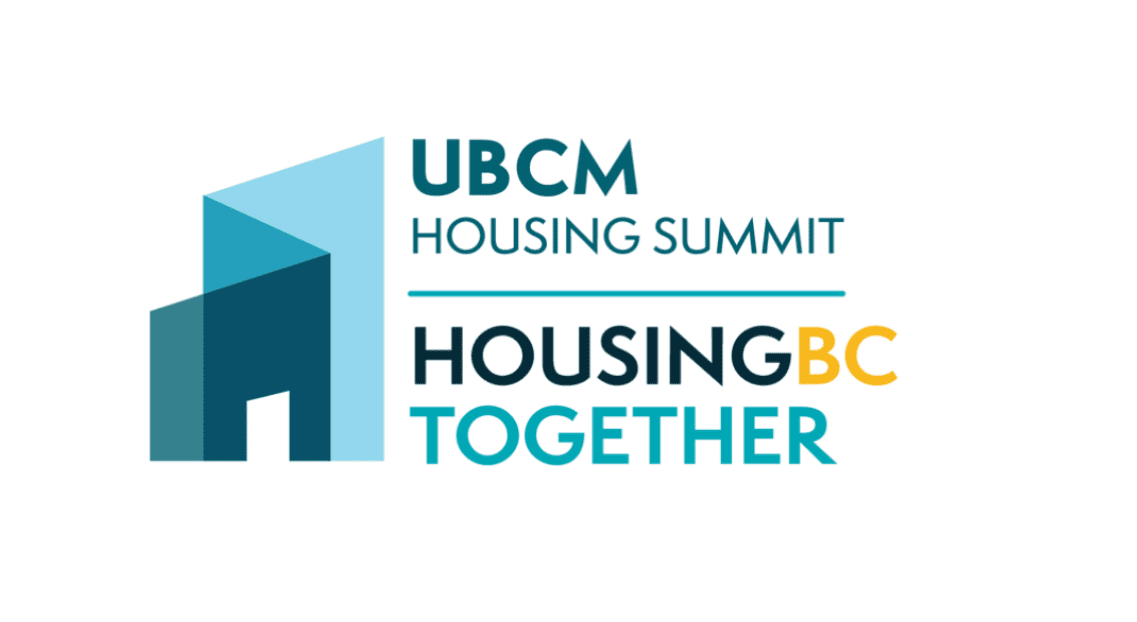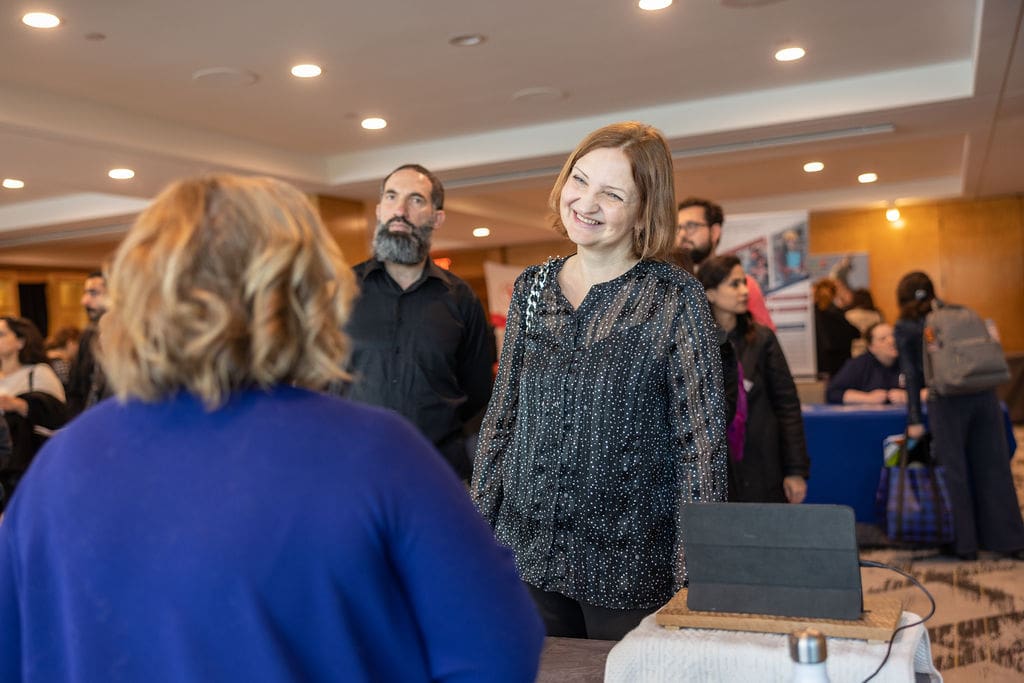On 5th April, Chris Friesen, COO of ISSofBC, spoke at the Housing Summit organized by the Union of BC Municipalities (UBCM). The summit was the first time in over two decades that the UBCM held a specific gathering on just one agenda – housing. Read the following blog to get an understanding of the scale of the challenge and the policy steps needed to address it.
_________________
Canada has long been a top destination for immigrants, with many settling in urban centers like Vancouver and Surrey. However, debates around immigration targets and trends have highlighted the need for a more comprehensive picture of the number of arrivals in Canada.
While the Government of Canada’s multi-year Immigration Levels Plan provides insight into Permanent Resident (PR) targets, it does not account for Temporary Residents. In 2021, for example, there were approximately 430,000 Permanent Residents versus 607,782 Temporary Residents, resulting in over 1 million people arriving in Canada.
Missing the iceberg
In British Columbia, it is important to take both Permanent and Temporary Residents into account when addressing housing pressures resulting from migration. Last year, there were over 61,000 Permanent Residents who settled in BC, but there were also over 140,000 Temporary Residents. Focusing solely on Permanent Residents is only the tip of the iceberg, as the number of Temporary Residents is not as well-known nevertheless, can have a significant impact on housing needs.
To better understand the growing housing pressures resulting from immigration, a 10-year population growth strategy is needed that takes into consideration both permanent and temporary residents’ projections both PR targets and ranges in the case of Temporary Residents. This would provide a valuable planning tool to more accurately project overall housing and other needs. At the end of the day, whether someone comes to Canada as a Permanent Resident or Temporary Resident they must find housing, access transit and other community services.
The need for a humanitarian housing strategy
In terms of policy shifts, the Government of Canada and provincial governments need to work towards ensuring housing availability keeps pace with immigration and population growth. This includes a specific focus on accommodating immigrants and refugees, who have not been specifically targeted in recent BC housing strategies and targeted investments but will play a key role in Canada’s economic future.
A provincial housing strategy for immigrants and refugees is needed, with a specific focus on humanitarian immigration, which is seeing considerable growth, including resettled refugees and refugee claimants seeking asylum in this province. This does not imply preferential treatment for one group over another, but if the net gain of Canada’s population growth is to come through migration, as is expected, then a specific plan is needed.
Overall, it is important to have a comprehensive understanding of the number of arrivals in Canada and their impact on housing needs. By addressing this issue at all levels of government, we can ensure that immigrants and refugees have access to safe and affordable housing, which is critical to their successful integration into Canadian society.




